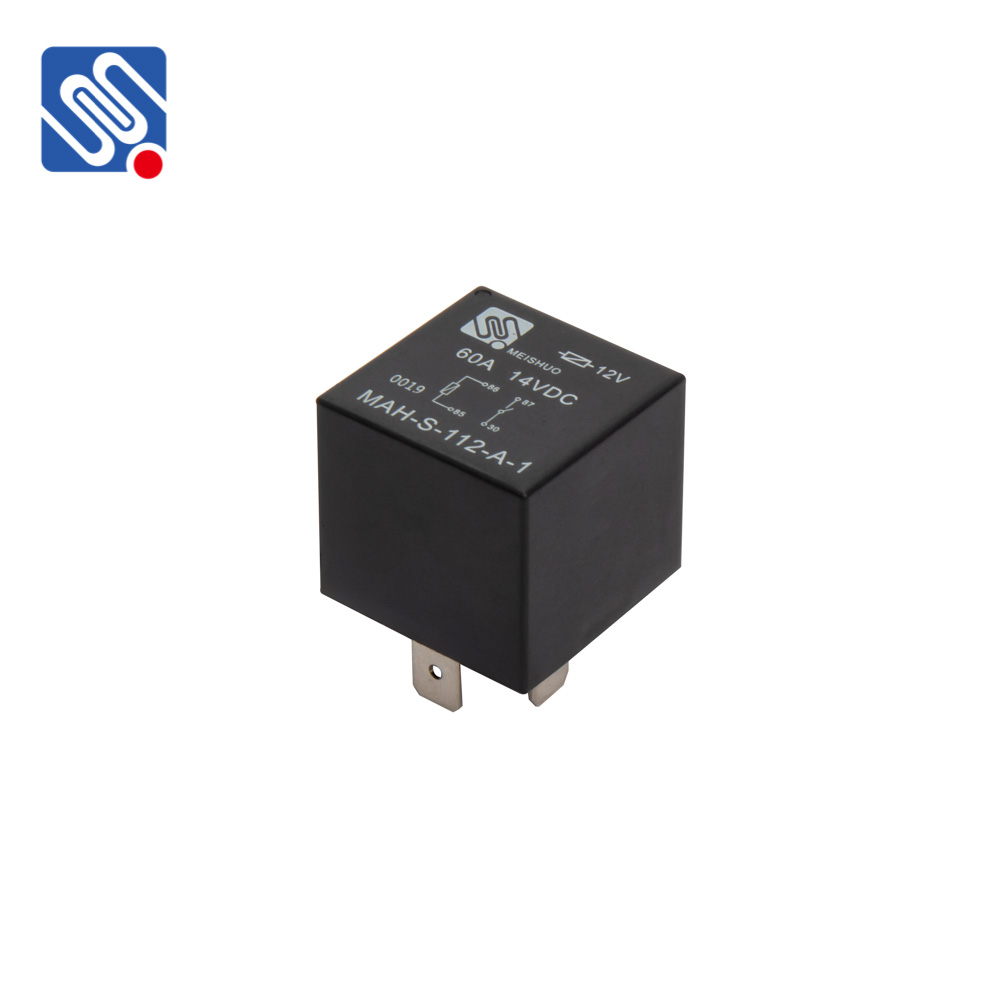understanding the 12v 60a relay: key features and applications
Release time:2025-08-12 13:19:38
A relay is an essential component in electrical systems, enabling users to control high-power devices with low-power signals. Among the various types of relays, the 12V 60A relay is widely used in automotive, industrial, and renewable energy applications due to its ability to handle high currents and voltages. This article aims to explore the key features, working principle, and diverse applications of the 12V 60A relay.

What is a 12V 60A Relay?
A 12V 60A relay is an electromagnetic switch designed to control the flow of electricity in a circuit using a low-power control signal, typically 12V DC, while handling high currents of up to 60A on its output side. Relays work by using a small electrical current to control a larger current, making them highly effective in applications that require electrical isolation between the control and load circuits.
How Does a 12V 60A Relay Work?
The working principle of the 12V 60A relay is based on an electromagnet and a set of contacts. When a 12V DC signal is applied to the relay's coil, the electromagnet is energized, creating a magnetic field that attracts a movable armature. This armature closes or opens the relay’s contacts, allowing current to flow or cutting off the power to the connected load.

